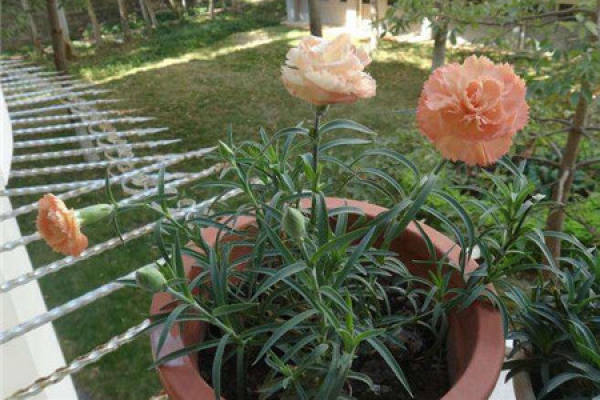1. Soil: choose relatively loose sandy soil or other soil with strong air permeability.
2. Light: sufficient light in the morning and evening of breeding in summer, but the hot noon can be properly shaded to prevent the leaves from burning, resulting in a lighter color.

3. Temperature: keep the temperature at about 19-21 ℃. If the temperature is too high in summer, when it is higher than 35 ℃, spray water around the plants or leaves to control the temperature. In winter, the temperature can grow above 9 ℃.
4. Water content: the amount of water in summer is relatively large, but it can't accumulate water. Drip irrigation can be used to prevent rotten roots.

1. Cutting method
Marry off the pedicel, cut off the branches at the lower part of the proximal node, keep the upper 3-4 leaves, and remove the bottom leaves. The treated branches were inserted into the substrate, then watered and rooted in the shade. About 1 month can take root, it can be cultured in the sun.
2. Sowing method
The soil with good drainage ability was selected as the substrate, which was seeded at about 20 ℃ and germinated for about 10-15 days. Just seeded seeds should be placed in a cool and ventilated place. After germination, they should be cultured in the sun. Be careful not to expose them to strong light.

It is easy to catch diseases and insect pests such as leaf spot or grey mould. If there are symptoms of infection, such as spots or grey mould on stems and leaves, remove the diseased leaves in time and spray insect medicine.